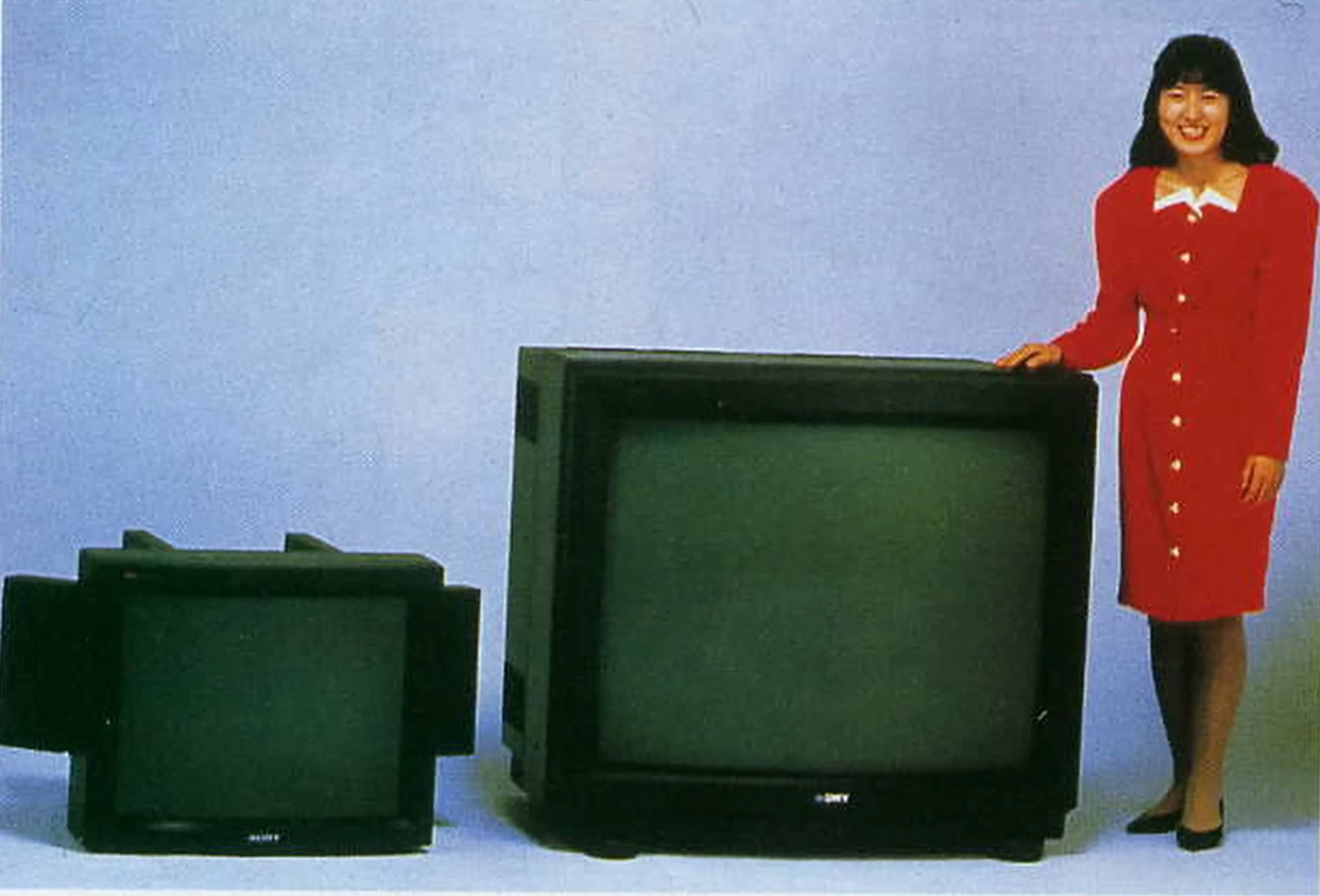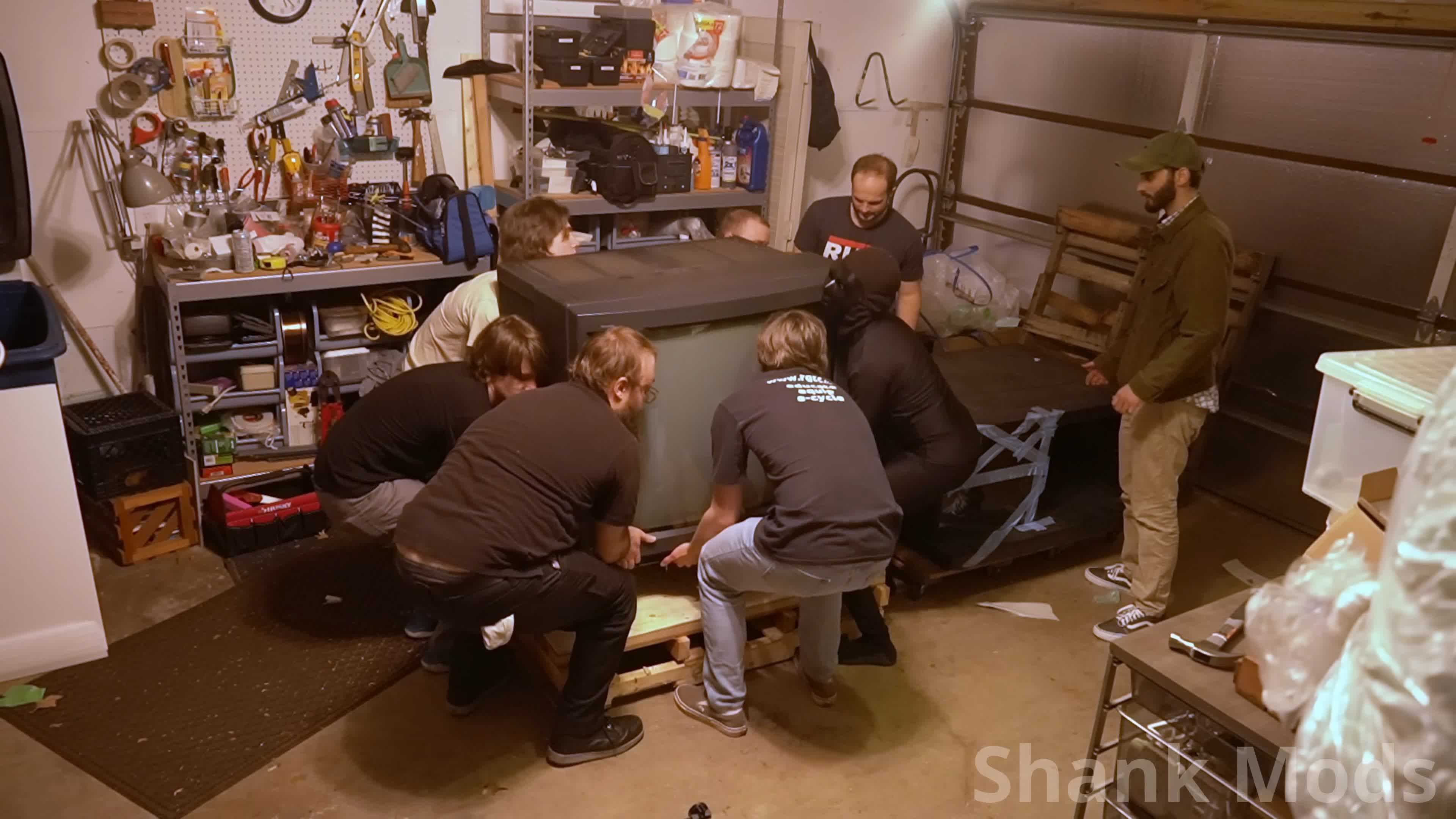WTF?! Most people consider CRTs obsolete – and for most purposes, they are – but retro gamers favor them because they offer a few advantages over modern panels. Although technical constraints limit the maximum size of CRT displays, Sony defied those boundaries in the late 1980s with a model so rare that it eventually passed into legend – until a YouTuber rescued what may be the last remaining unit days before its scheduled disposal.

Modder and YouTuber Shank Mods recently announced that he had acquired the largest cathode ray tube (CRT) television ever sold. The 43-inch, 440lb behemoth had not appeared publicly for years, leading many enthusiasts to doubt its existence. Even after the YouTuber confirmed that the myth was real, the mission to obtain it quickly transformed into a race against time.
Old-school TVs and CRT monitors remain ideal for playing some games due to superior motion clarity, absence of input lag, and their ability to process low-resolution signals from retro game consoles and other devices. However, larger tubes require additional shielding, making CRT screens larger than roughly 30 inches impractically thick and heavy.
However, amid Japan's late 1980s bubble economy, Sony didn't care. Enter the PVM-4300.
According to the Console Mods Wiki, Sony released the PVM-4300 as a limited-edition flagship device in 1989 to celebrate Trinitron's 20th anniversary. The 60Hz, 480p progressive scan set sold for around $18,000 in Japan (over $45,000 in 2024 dollars) and $40,000 in the US (over $96,000 today).
Due to its high cost, the total number of units built was likely extremely low, and CRT communities never spotted one in the wild. Before Shank Mods' discovery, only two images of the PVM-4300 from outside of Sony's PR materials existed online, causing some to question whether it ever actually entered production.

After much internet sleuthing, one of the YouTuber's sources traced one of the photos to the second floor of a 300-year-old ramen shop in Osaka. Unfortunately, the shop's owners planned to move in a few weeks, after which the old building would be demolished and the TV would likely be thrown away.
With help from Osaka-based game developer Abebe Tinari and sponsorship funds from Shopify, Shank Mods had the PVM-4300 shipped to his parents' garage with only days to spare. Following testing and minor repairs, the modder confirmed that the CRT features zero input lag and uses an advanced 480p conversion method for its time.
Shank Mods is currently attempting to schedule an interview with Sony regarding the TV, digitize its service manual, and acquire its design documents.
The quest to save the world's largest CRT TV from demolition
